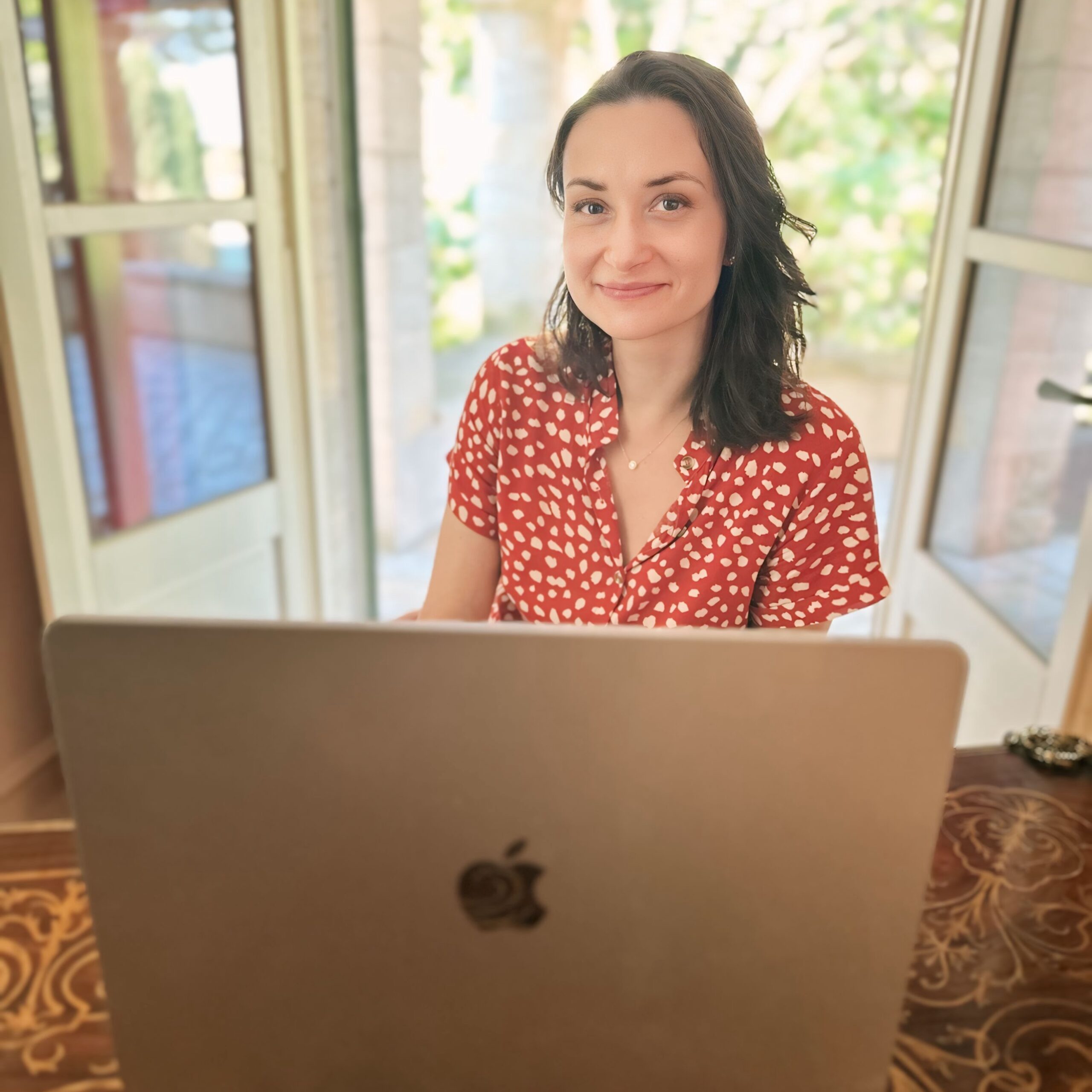“I want to start my own business, but I have no idea what to build.”
Sound familiar? I’ve heard this from countless women in tech who dream of launching their own SaaS business but feel stuck at square one. They’re not short on ambition or skills—what they’re missing is clarity.
If you’re nodding along, I want you to know something: the best ideas don’t come from staring at a blank page. They come from a process.
In this article, I’ll share how to uncover business ideas that align with your strengths, solve real problems, and resonate with your audience. Plus, I’ll introduce you to a guide that uses AI to help you brainstorm even faster.
By the end, you’ll have actionable steps to take your first leap toward becoming an entrepreneur.
1: Start with Problems, Not Ideas
When you think about launching a business, it’s tempting to focus on the solution first. But here’s the truth: the most successful businesses don’t start with solutions—they start with problems.
Take one of my coaching clients, Emma (not her real name). She worked in operations for a large tech company and constantly heard complaints about the team’s outdated project management tools. Instead of brushing off those frustrations, she started digging deeper.
- What specific pain points did her colleagues have?
- What features would actually make their work easier?
Those conversations led Emma to develop a SaaS product tailored to internal operations teams, streamlining workflows in ways off-the-shelf tools couldn’t. It didn’t happen overnight, but the insights she gained by focusing on real problems gave her idea the traction it needed.
Actionable Strategies
- Look for inefficiencies in your workplace. Are there processes that waste time or resources?
- Pay attention to your frustrations. What tools or systems do you wish existed to make your life easier?
- Ask questions. Talk to colleagues, friends, or peers. What challenges do they face regularly?
Action Step:
Make a list of 10 problems you’ve noticed in your daily work or life. Prioritize the ones that align with industries or areas you’re passionate about.
2: Tap into Your Unique Strengths and Experiences
Your best business idea might be hiding in plain sight, rooted in the skills and experiences you already have.
When my co-founder and I launched Le VPN, the idea didn’t come from a brainstorming session. It came from his experience in IT communities, where privacy concerns were a recurring theme. He knew the pain points firsthand, which made it easier to create a solution that resonated.
Similarly, when I pivoted my coaching business to focus on executive women in tech transitioning to entrepreneurship, it wasn’t a random choice. I looked at my own journey as a woman in tech—leaving corporate, co-founding multiple online businesses, and helping others do the same—and realized that was my sweet spot.
Actionable Strategies
- List your skills and expertise. What are you really good at?
- Reflect on your journey. What challenges have you overcome that others might face too?
- Look for overlaps. Where do your strengths align with the problems you identified earlier?
Action Step:
Write down your top three skills or experiences. Cross-reference them with the problems on your list to see where they align.
Pro Tip:
My free guide, 7 Steps to Uncover Your Unique Business Idea Using AI, can help you brainstorm and refine ideas based on your strengths and interests.
3: Validate Before You Build
Having an idea is exciting, but before you dive headfirst into building your SaaS product, you need to validate it.
One of my clients, Anna, learned this the hard way. She spent months perfecting her pitch deck and creating a prototype for her startup idea, only to discover there wasn’t enough demand for it. She hadn’t spoken to a single potential customer before investing time and money.
Validation doesn’t have to be complicated. When I was refining my coaching offer, I used customer interviews to test ideas and gather feedback. I reached out to women in tech via LinkedIn, had conversations about their challenges, and adjusted my programs based on their input.
This approach not only saved me from pursuing ideas that wouldn’t work but also helped me create offers that truly resonated with my audience.
Actionable Strategies
- Conduct customer interviews. Talk to at least 10 people in your target audience to understand their pain points.
- Test demand. Create a simple landing page or social media post to gauge interest.
- Ask for feedback. Share your idea with mentors, peers, or online communities.
Action Step:
Choose one idea and test it. Start by interviewing five people in your target audience and gathering their feedback. If you’re not sure where to get started, use my Customer Interviews guide that I built for my clients.
Embrace the Process
Finding the right SaaS business idea isn’t about having a “lightbulb moment.” It’s about embracing the process of discovery, refinement, and iteration.
When I work with coaching clients, I often see them get stuck in analysis paralysis, thinking their idea needs to be perfect from the start. But here’s the truth: the best ideas evolve over time.
Give yourself permission to start small, test often, and pivot when necessary. Your first idea doesn’t have to be your last—it just has to be the first step.
Conclusion: Take the First Step Today
If you’re waiting for the perfect idea to strike, you might be waiting forever. But by focusing on problems, leveraging your strengths, and validating your ideas, you’ll uncover opportunities that are both meaningful and profitable.
Starting a SaaS business doesn’t have to be overwhelming. With the right process—and a little guidance—you can move from “I have no idea” to “I can’t wait to get started.”
Ready to take the next step? Download my free guide, 7 Steps to Uncover Your Unique Business Idea Using AI, and start brainstorming today.
Your perfect idea is closer than you think—it just needs you to take the first step.
